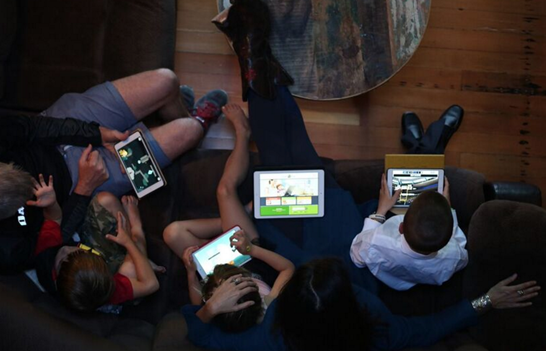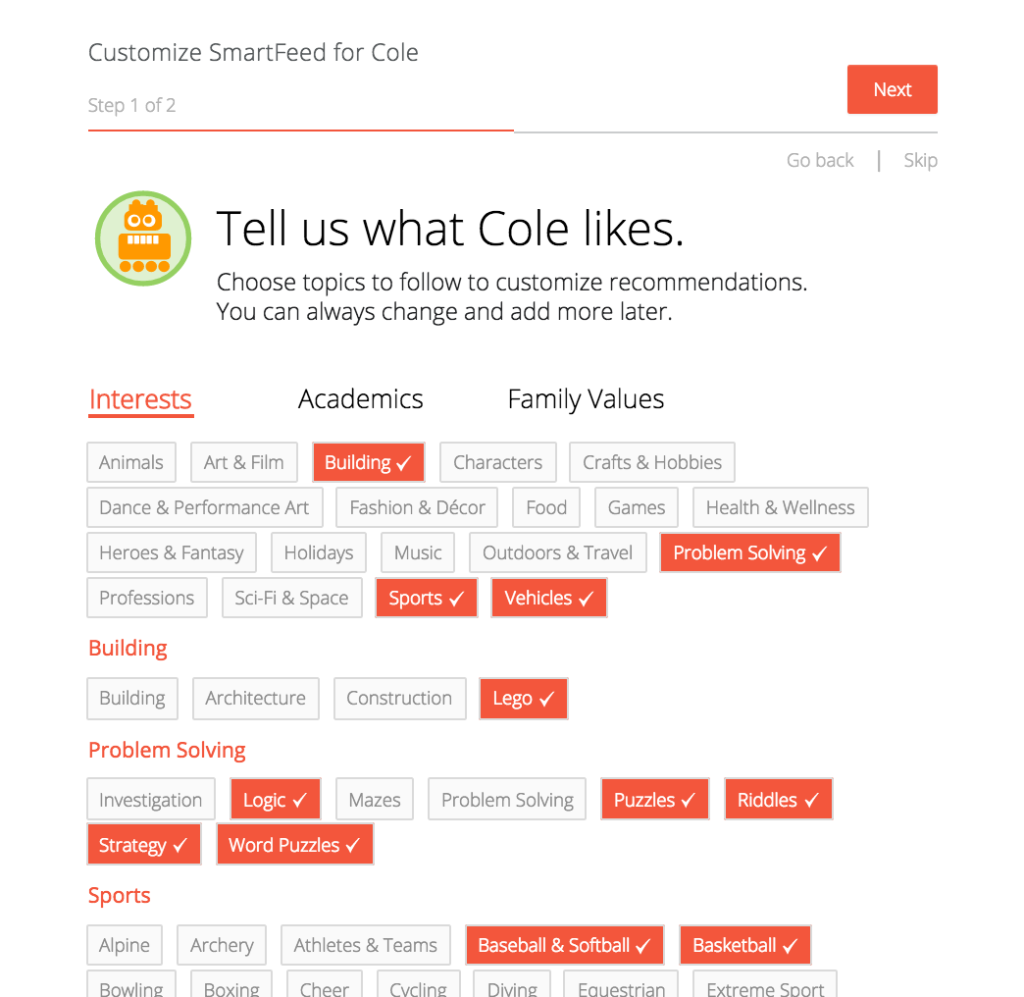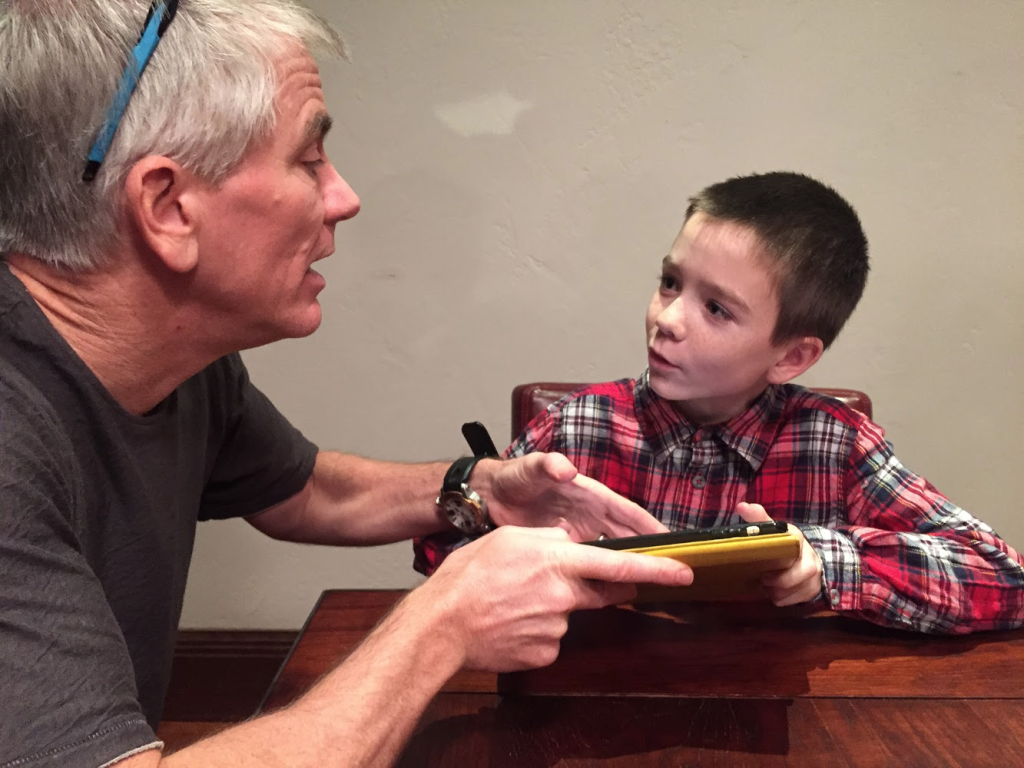
People often equate the term and concept of organic to foods but did you know that organic products can include items like clothing, furniture and other non-edible things?
For this eco-friday, we’re running down some of our favorite organic items for baby and for those parents who are cautious about their carbon footprint and who want to ensure that all products they use are safe for the environment and the earth.
Here are four products that we’ve tested out and love!
1 The Organic Onesie
We’ve blogged before in 2010 and again in 2013 about organic onesies. Yes, that’s a thing. I adore San Francisco Bay area company Colette Kids that produces a collection of super cute unisex clothing for infants, toddlers and children up to 6-years old. The company individually screen-prints by hand each of its signature designs.

2 – The Organic Bib
I also recently discovered organic bibs made by another California-based brand, Monbrigo. Why buy sub par quality bibs that get destroyed after a few washes when you can get a top premium, quality, well-stitched, soft and absorbent bib that lasts? Also, Monbrigo gives half of its profits to various community goodwill project. The bib designs are created by undiscovered and unsung talented artists from the area. The company donates to food banks and projects that get healthy organic and farm fresh produce to low-income areas and food deserts. Love!!

We partnered with Monbrigo in the past and it generously offered Bellyitch readers get an exclusive deal at checkout! 20% off with the code BELLYITCH.
3 – The Organic Crib Mattress
If you didn’t know, you can even get an organic mattress for your baby. Eco-friendly foam and innerspring mattresses tend to be made with fewer chemicals, plastics, and PVC (vinyl), and a greater percentage of renewable and sustainable materials, such as cotton, fast-growing bamboo, coir, plant-based foam, and natural latex (rubber from tree sap that’s been injected with air). Some eco-friendly foam mattresses are made with soybeans or oils from other plants.

Also, the manufacturing process for some eco-friendly crib mattresses tends to produce fewer carbon emissions.
I am a fan of partners Naturepedic . It sells the No-Compromise Organic Cotton Classic 150 crib mattress which is made from “U.S.-grown organic cotton filling” and a polyethylene plastic waterproof surface that, the manufacturer says, is free of vinyl/ PVC, phthalates, lead, or antimicrobial biocides. It sells for $260. In general, prices for eco-friendly mattresses are higher than regular mattresses. But when you get a mattress that limits the exposure to toxins, you have to pay a premium for it. (smile)
4 – The Organic Mobile
Finally, love love products that have a social good aspect to them as well. Pebble by Kahiniwalla is a nursery collection of the cutest, Fair Trade toys, blankets, mobiles and other items. The Nursery Collection offers a wide variety soft, cuddly and unique toys, blankets and more are the perfect way to welcome baby into your home and family.

Personally, I admired the intricate and delicate detailing of an Organic Bird mobile Kahiniwalla sent us to check out. It feels good to know that all of the painstaking time that impoverished women at an economic independence and job creation program in Bangladesh took to put this gorgeous nursery product together will actually benefit them. At $38.00, this handmade mobile is a wonderful bargain and it is unique and unlike any other. It adds some whimsical and care to any nursery.
There you have it. Four organic products we tested out and absolutely loved for their quality and goodness to the earth.













